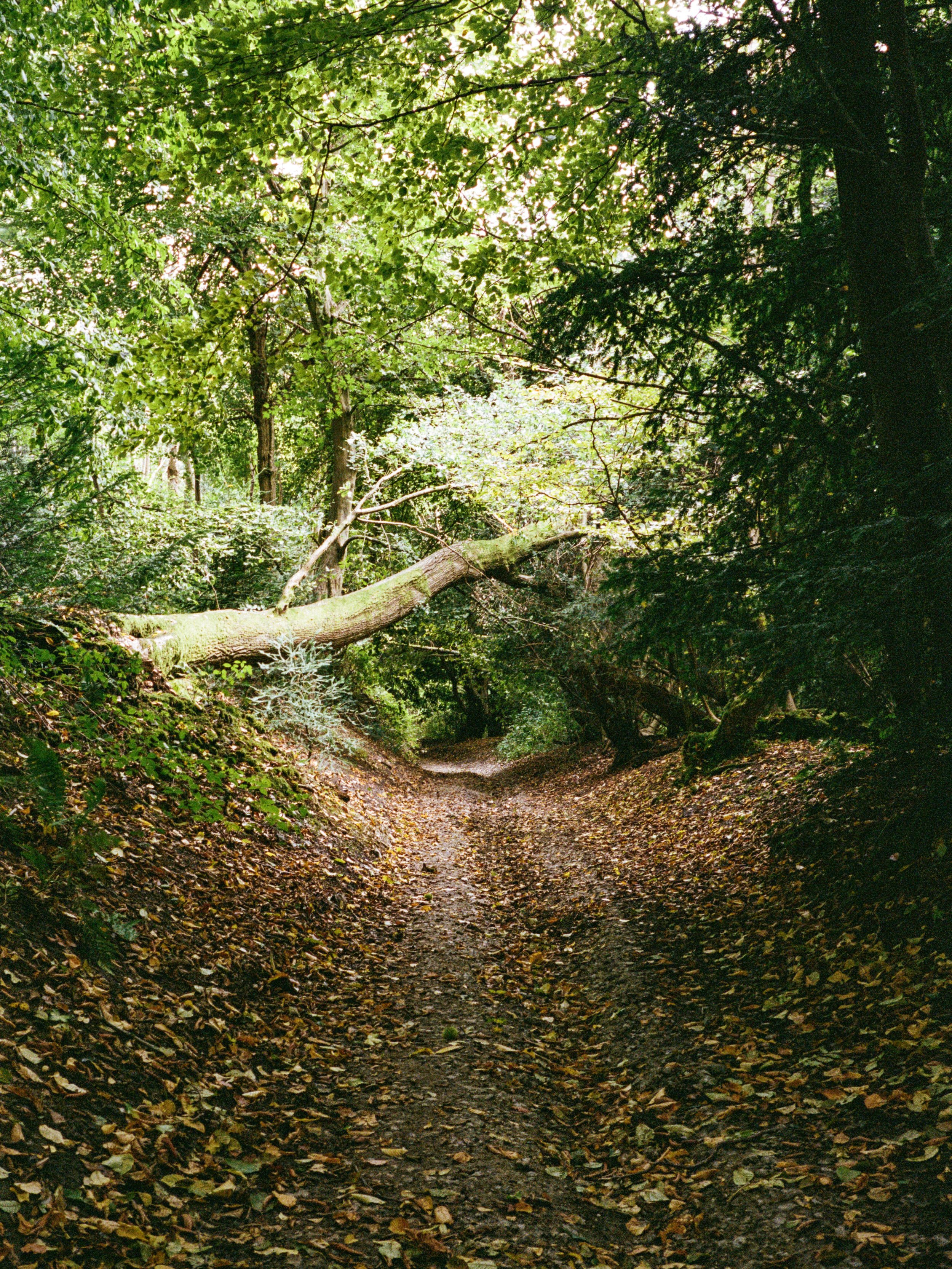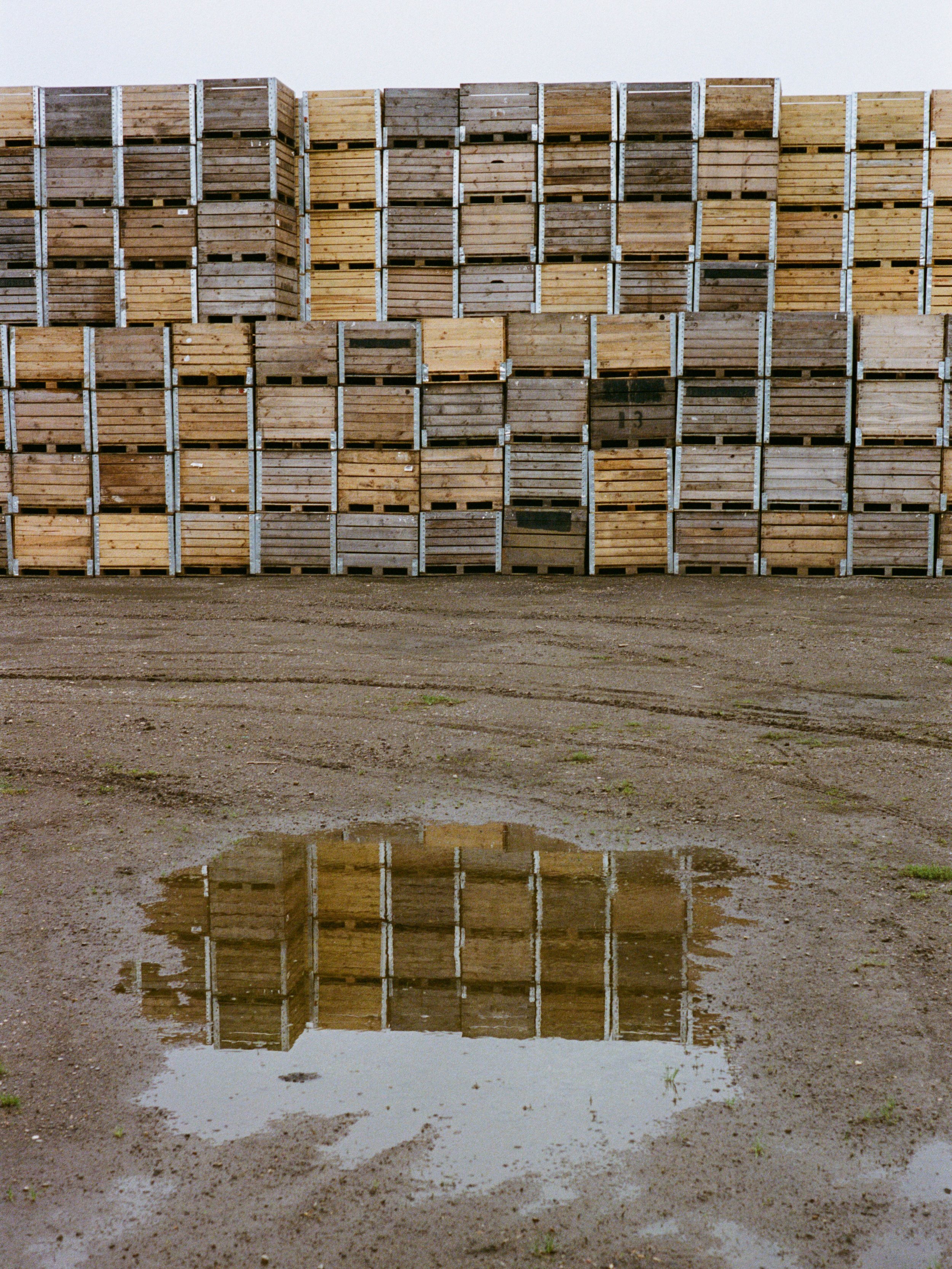First Impressions of my Leica 50mm Elmar-M from 1996
Leica lenses are known for their precision, craftsmanship, and unmistakable character and price! Recently, I had the chance (by staring at eBay for a month) to add a vintage lens to my collection—the Leica 50mm Elmar-M. I was excited to see how this compact, collapsible lens would perform. In this post, I’ll share my initial impressions and some bad photography after shooting with the 50mm Elmar-M for the first time.
Design & Build Quality:
Classic Leica Craftsmanship:
The first thing that struck me about the Elmar-M is how compact and lightweight it is. Weighing in at just 220g, it’s easy to carry around all day without feeling like you’re lugging tonnes of extra gear.
One of the unique features of the Elmar-M is its collapsible design. This makes it incredibly portable— when collapsed, the lens practically disappears into the body, making the entire setup discreet and pocketable. When first looking at a 50mm for this system I did consider the he Voigtländer 50 mm f2 APO-Lanthar as I’d read great things about the lens and with it no being collapsable I thought I would enjoy the shooting experience more, When I found this lens however I decided to take a risk on the collapsable nature of this lens in favour of adding a Leica lens to the line up.
I’ve used the lens through a couple of rolls of film now and It didn't take long to get used to the idea of pulling the lens out before shooting and it just feels natural now.
Fallen Tree - Trosley Country Park
Took this shot on a Tripod, needed a shutter release cable really but fairly happy with how the shot came out.
Taken on Portra 400
Aesthetic Appeal:
There’s something undeniably charming about vintage Leica glass, and the Elmar-M is no exception. The simplicity of its appearance—no flashy branding (although if you know, you know), no unnecessary complexity—gives it a timeless look. It looks great on camera and that just adds to the joy of using it, If you have a camera that makes you want to pick it up and use it you will.
The build quality is, as you’d expect from Leica, excellent. The focus ring is smooth and well-damped, making precise manual focusing a breeze. The aperture ring clicks firmly into place (main reason for picking the Elmar-M over the older Elmar lens), and the overall construction feels robust enough to handle years of shooting. It’s clear that this lens was built to last!
Lamp
Hand held Portra 400 late one evening
First Shooting Experience:
Ease of Use:
Shooting with the Leica 50mm Elmar-M was a delightful experience from the start. While the collapsible feature was something new for me, it quickly became a non-issue. It also adds a level of elegance to the process—you extend the lens, take your shot, and then collapse it back down, ready to tuck your camera away.
Manual focusing with the Elmar-M is great and although I am still very slow, I find this lens much easier to focus with compared to the Voigtländer 35 mm f2.5! Although f/2.8 is not as fast as some of Leica’s other 50mm lenses, it still allows for nice subject isolation when needed. The aperture control is intuitive, and the clicks between stops are satisfying and reassuring.
Chatham Dockside
A nice calm day at the end of summer - Portra 400
Optical Performance:
Despite its age, the Elmar-M still delivers the kind of optical performance you’d expect from Leica. At f/2.8, the lens is sharp, particularly in the center. Stopping down to f/4 or f/5.6 reveals even greater sharpness across the frame. In terms of contrast, the lens provides a nice balance—images have a natural, slightly vintage look without losing clarity.
Focal Length:
For the past two years I’ve shot almost exclusively at 35mm and 75mm. These have always been my preferred focal lengths to shoot at, providing something just wide enough for landscapes and a short telephoto for tighter shots. This 50mm has however has change my mind. When I picked up the Leica I had planned to use it almost exclusively with a 35mm but since using this lens, I’m finding myself reaching for the 50 over the 35.
Orchards
Getting ready to pick the apples - Portra 400
Slow Aperture & Versatility:
At f/2.8, the Elmar-M isn’t the fastest lens in Leica’s lineup, but it’s a lot less expensive than some of the other options out there. While it may not be the best choice for low-light or action photography, it performs beautifully in well-lit environments. I found it great for general walk-around shooting and tighter landscape shots. In low-light situations, I had to open the aperture wide or slow down the shutter speed, but with a film camera having the right film loaded for these situations is going to help the most.
Who Is This Lens For?
Film Shooters and Vintage Lens Lovers:
The Leica 50mm Elmar-M is a great choice for film shooters who appreciate the character of older lenses. If you love the idea of using vintage glass that produces unique, timeless images, this lens will not disappoint. It’s especially appealing for street photographers, documentary shooters, or anyone looking for a compact lens that won’t weigh them down.
A Unique Choice for a Collector:
Beyond its practical uses, the 50mm Elmar-M is also a beautiful piece of Leica history. Its collapsible design, compact size, and impeccable build quality make it a lens that collectors will appreciate. Whether you’re a seasoned Leica user or a newcomer, there’s something special about owning a piece of gear that has stood the test of time.
Pizza Oven - Portra 400
Conclusion:
My first impressions of the Leica 50mm Elmar-M (1996) have been overwhelmingly positive. It’s a lens that combines classic design with ease of use making it a joy to shoot with. The compact, collapsible design doesn’t get in the way anywhere near as much as I had feared and the vintage rendering gives images a timeless feel.
While the slower f/2.8 aperture may limit its use in low-light scenarios, the Elmar-M excels in producing sharp, contrasty images with beautiful color and bokeh. Whether you’re a film shooter or a collector, this lens is a worthy addition to any Leica kit. I’m looking forward to shooting more with it and exploring its full potential.
This lens has made me realise what a viable (for me) focal length 50mm is




